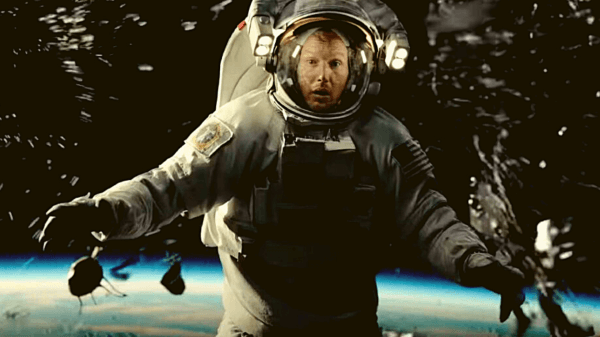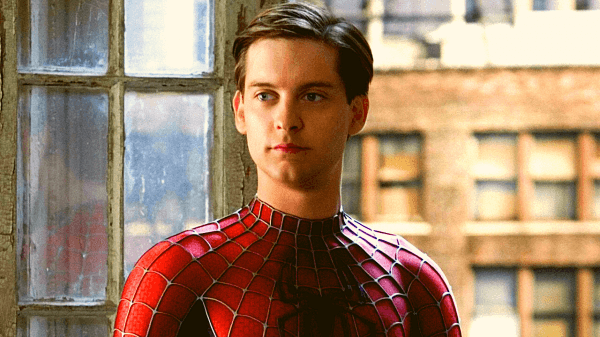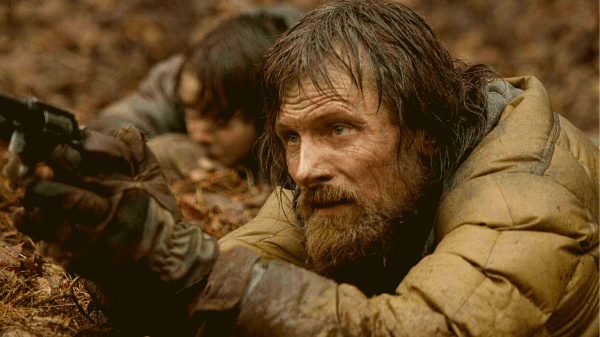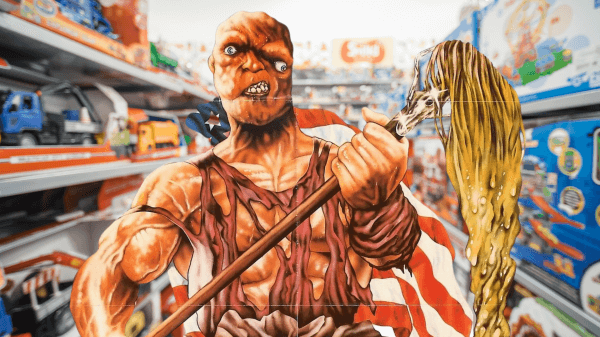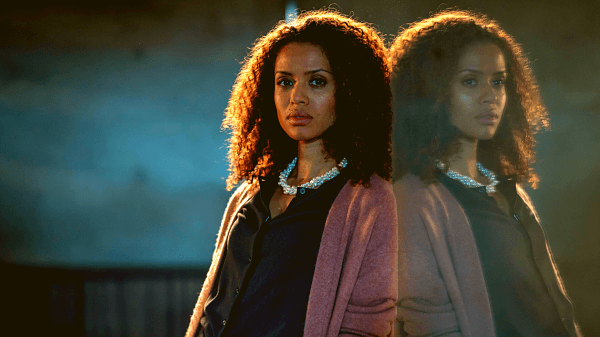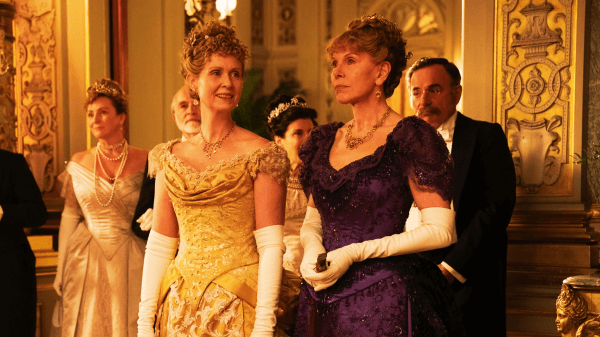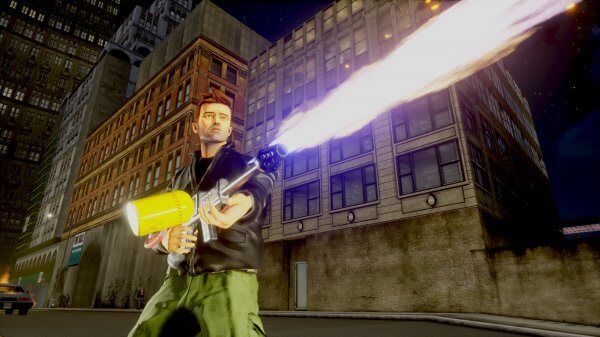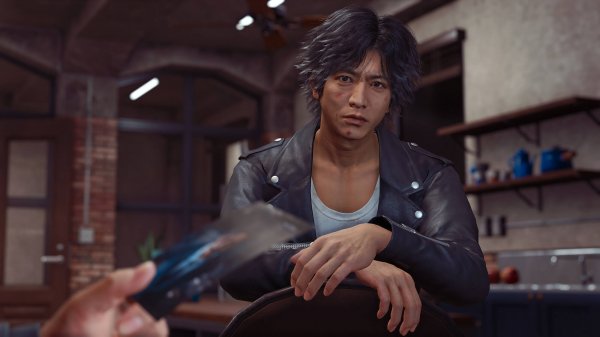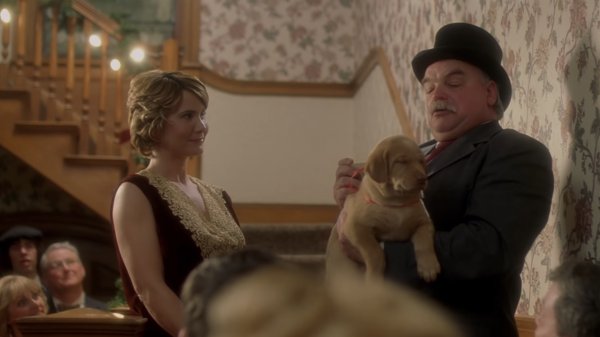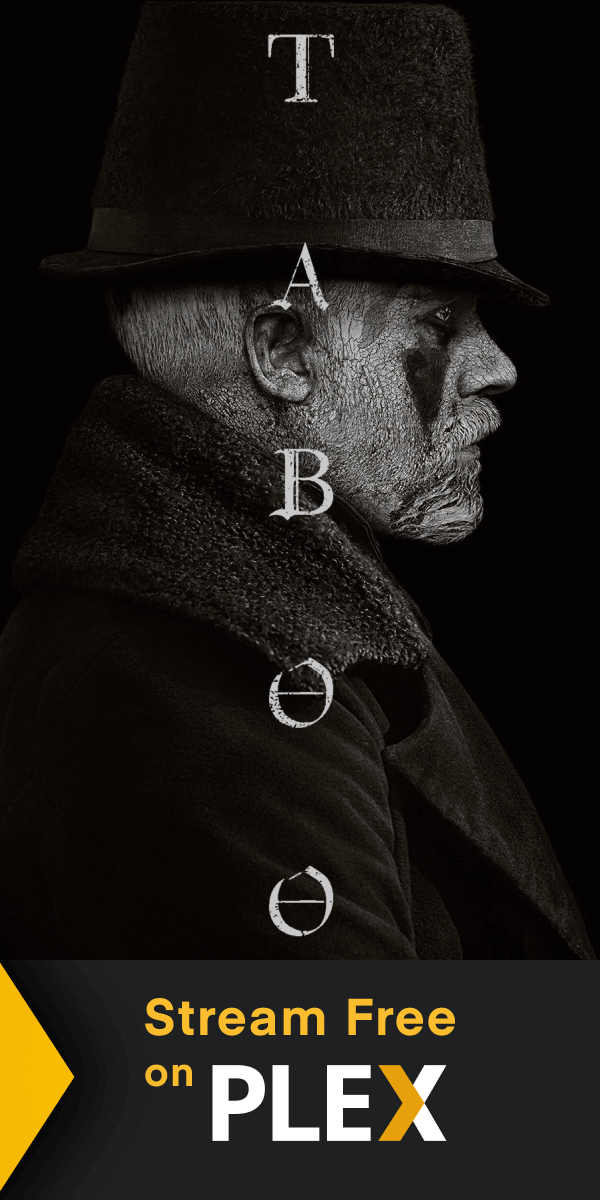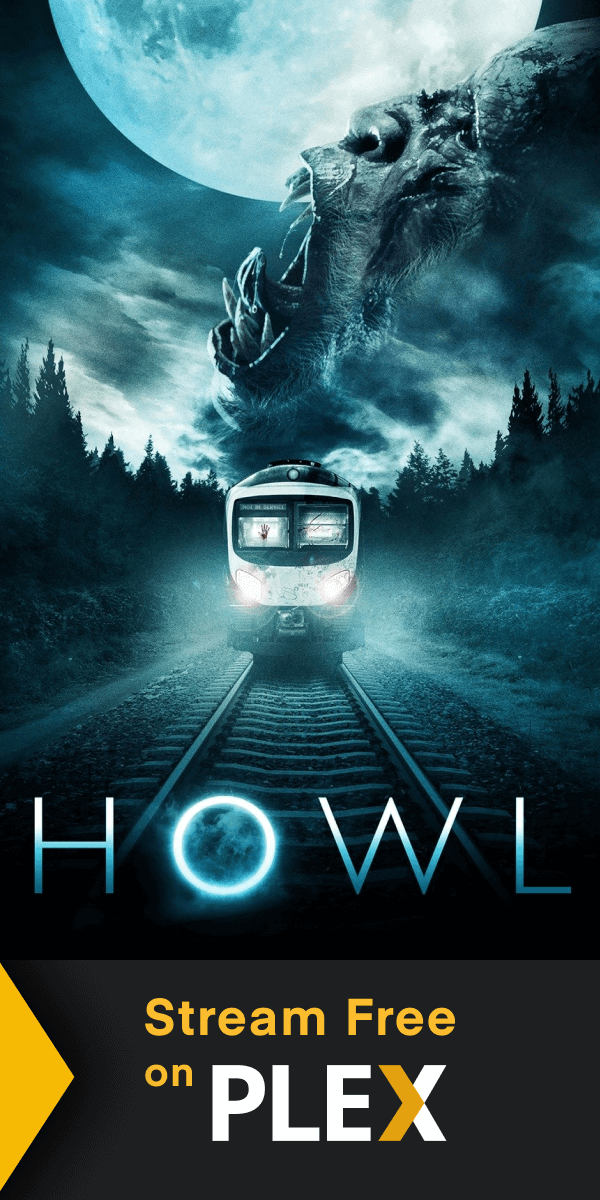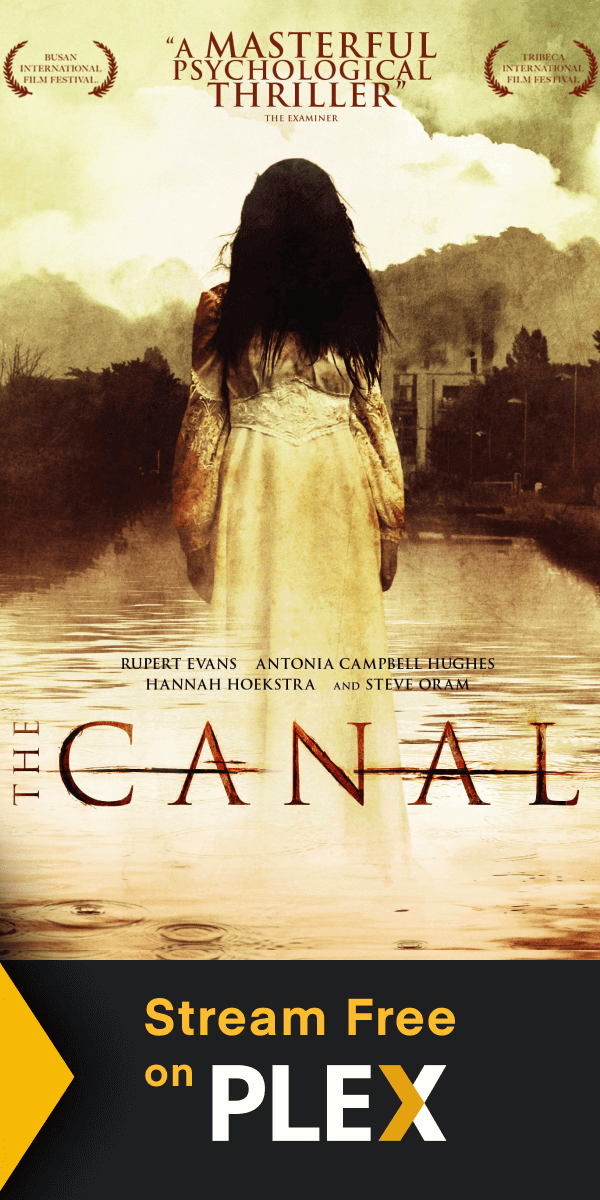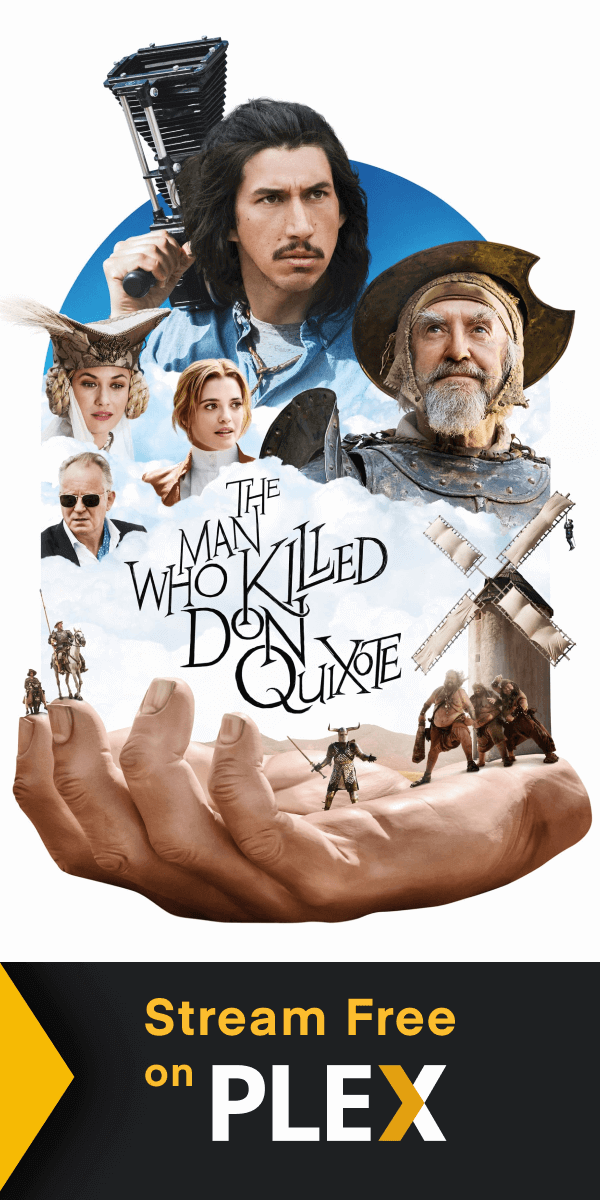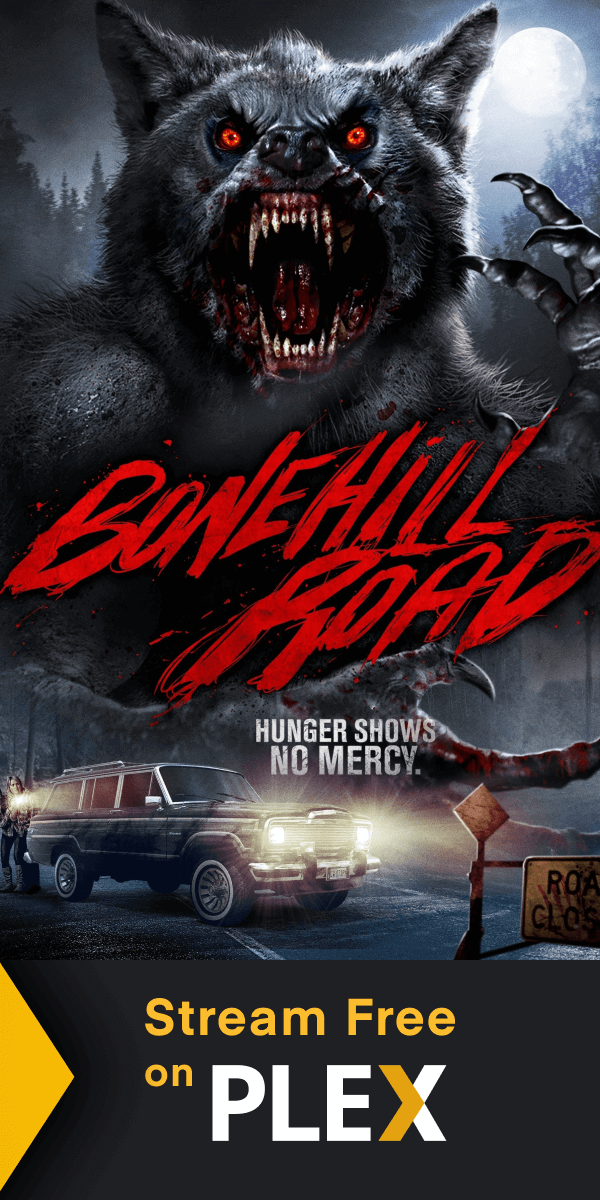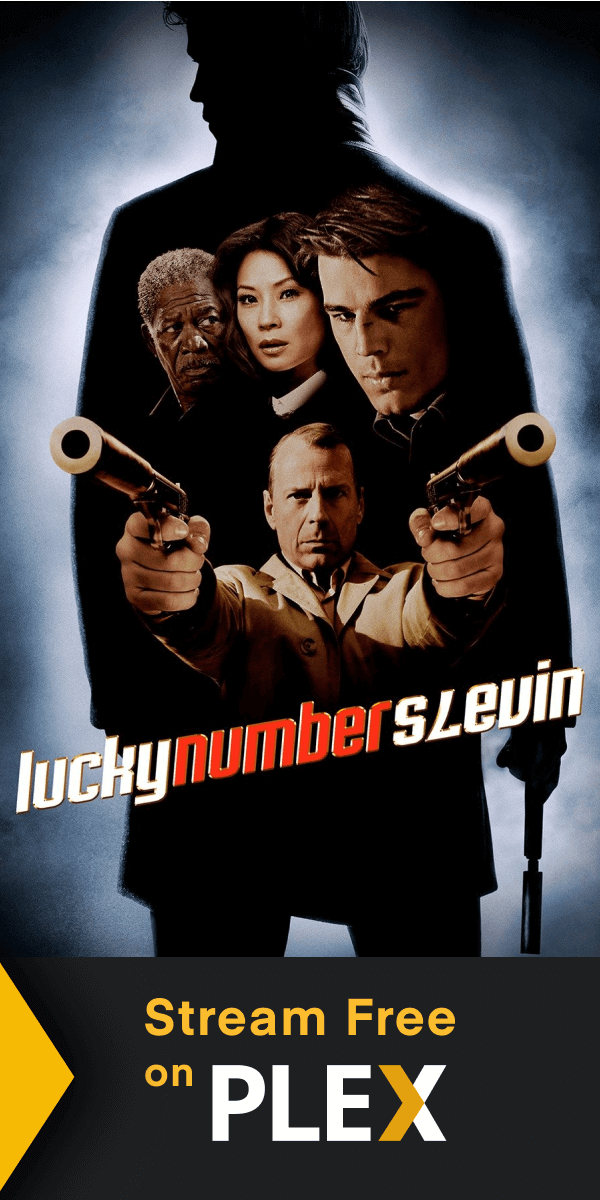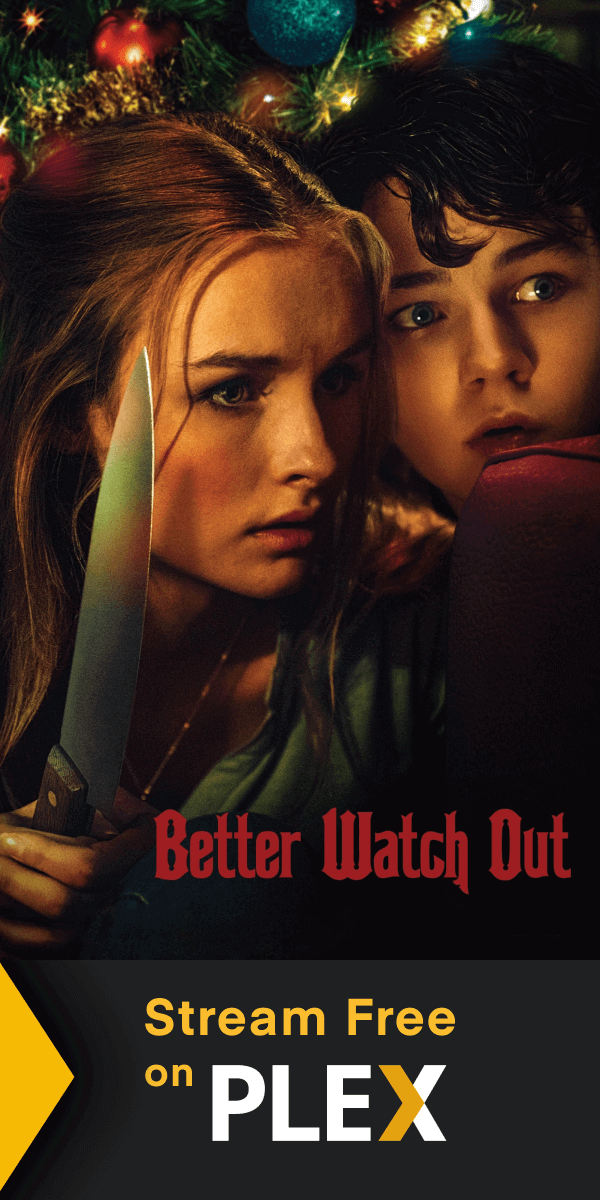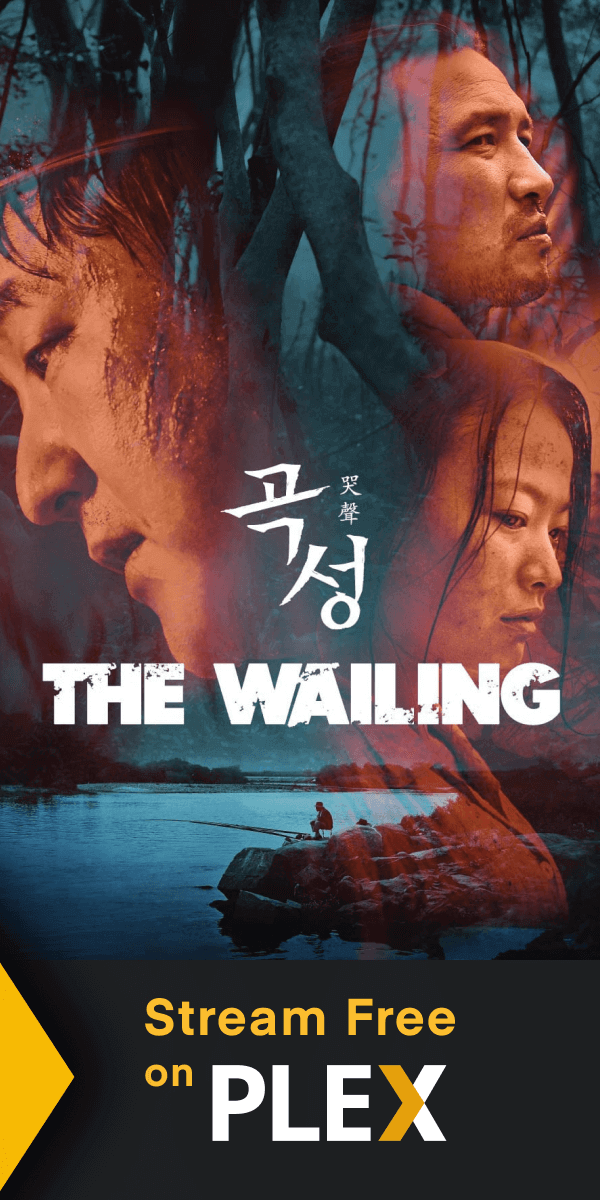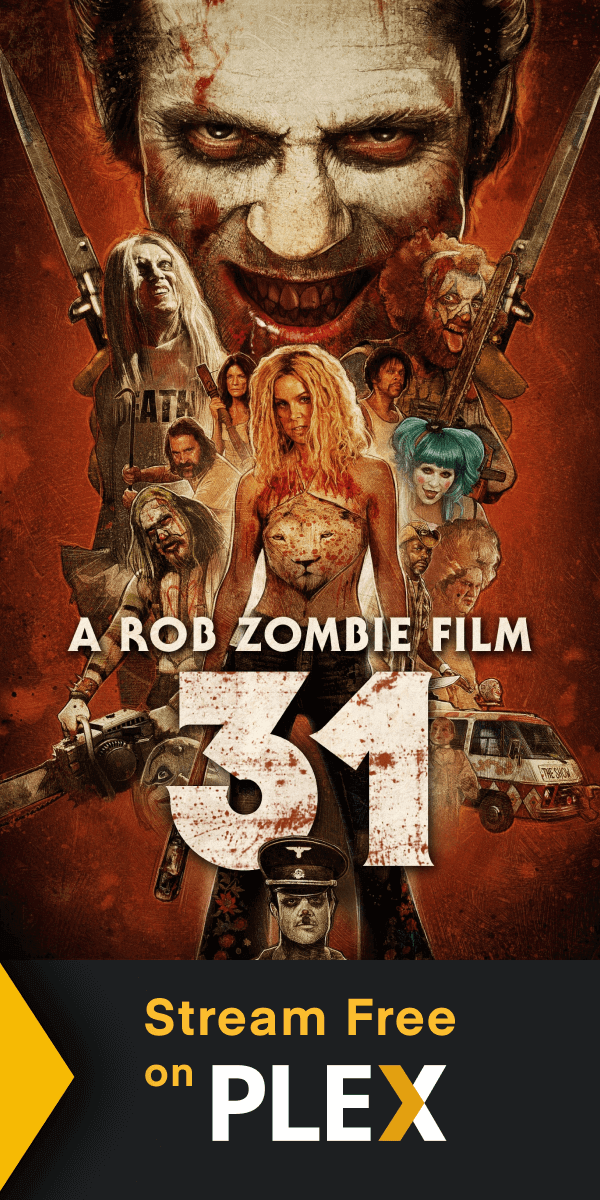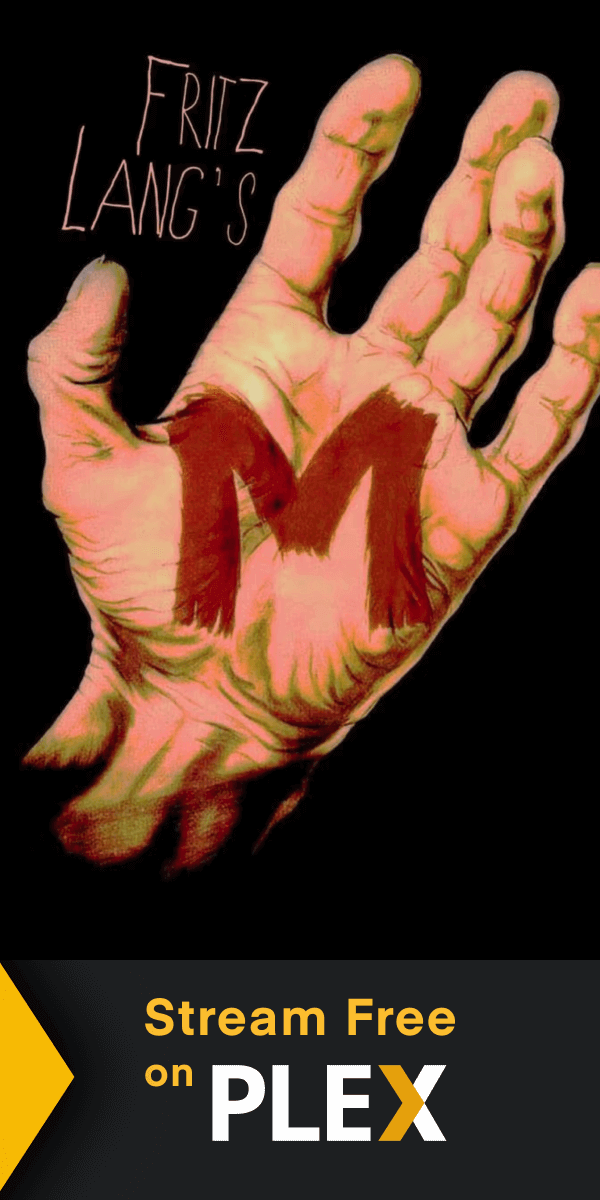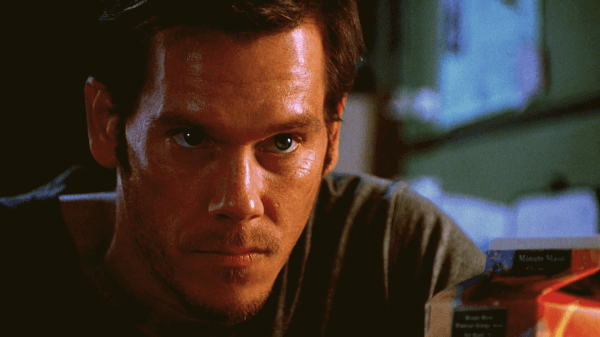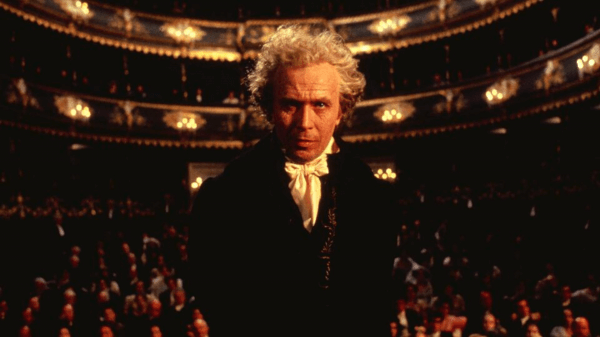In 1890, the United States Census announced the death of the American frontier. Acknowledging that settlers had left no section of the country untouched, the Census Bureau wrote, “Up to and including 1880, the country had a frontier of settlement, but at present the unsettled area has been so broken into by isolated bodies of settlement that there can hardly be said to be a frontier line.” This concerned some.
Historian Frederick Jackson Turner, in his famous Frontier Thesis, described the frontier and westward expansion as central to the development of the American identity. From Turner’s hypothesis came the idea that the frontier served to ease tensions on the East Coast, be they economic, racial, or religious.
As Lacy K. Ford Jr. wrote in the Journal of the Early Republic, “The role of the frontier as a ‘safety-valve’ that allowed the republic to postpone crises by diffusing them across space has become a recurrent theme in recent historical writing.” But this thinking, along with the sense of peace and tranquility often associated with rural areas, diminishes the conflicts present in those communities.
Quoting fellow historian Don Doyle, Ford Jr. writes, “Despite the harmonious images projected by boosters, frontier towns witnessed violence and conflict with ‘Southerners caning Yankees, vigilante mobs chasing abolitionists, Christians squabbling over the doctrine of infant baptism, police raids on Irish grog shops,’ and other types of internecine quarrels.” Taking all this into consideration, the clear lesson is that there is no escape from ourselves. And regardless of where you are, pressure can reach a breaking point in even the smallest, most isolated towns. These two ideas provide the dramatic thrust of Robert Machoian’s latest film, The Killing of Two Lovers.
Filmed in rural Utah, The Killing of Two Lovers tells the story of a husband and father attempting to regain control over his rage and rebuild his broken marriage after he learns that his wife is sleeping with another man. The husband, David, is a small-town handyman who wants nothing more than to move back in with his family and rekindle his relationship with his wife, Nikki, with whom he shares four children.
Nikki’s dedication to fixing the marriage is questionable. While both she and David have agreed that they can see other people during their separation, Nikki is the only one who follows through. David is trapped in a situation that he cannot easily solve. His frustrations are building, and as you can tell from the title, a very grisly fate awaits his family if he cannot find a release valve.
Despite the film’s setting of rural, small-town America — with miles and miles of open plains and expansive horizons — the movie manages to create a sense of claustrophobia for David and the viewer. This is achieved in a number of ways.
One way this is accomplished is by playing upon the small-town cliché that everyone knows everyone. Throughout the film, a seemingly insignificant background performer will casually cross paths with David and greet him by name. David will in turn do the same. This happens repeatedly to the point where it seems there is nowhere that David can go unseen.
In this town, everybody knows everybody’s name. They also know their personal business. Such as when your wife is having an affair.
So David is socially trapped by his tiny community, who are all well aware that he’s a cuckold and his family is falling apart. There is no escape in anonymity. Familiarity breeds contempt.
Getting into the cinematic choices that further cause things to close in on David, I want to talk about the cinematography. Here’s the first shot we see.
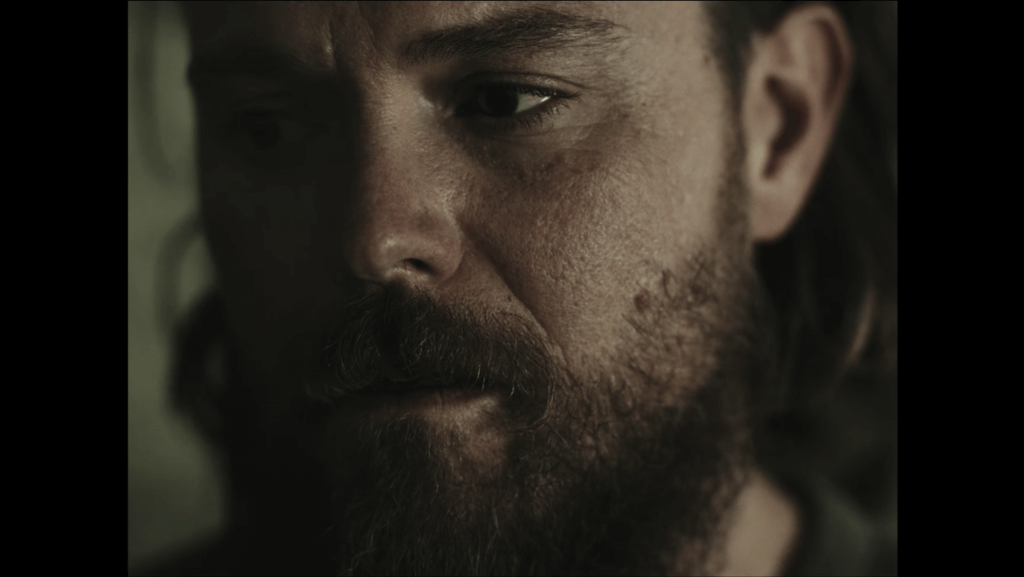
Notice how incredibly tight the camera is on David’s face. There is practically no breathing room for David and us as viewers. This is a common theme throughout the film. Here’s a shot of Nikki from later in the film as she and David have a failed date night.
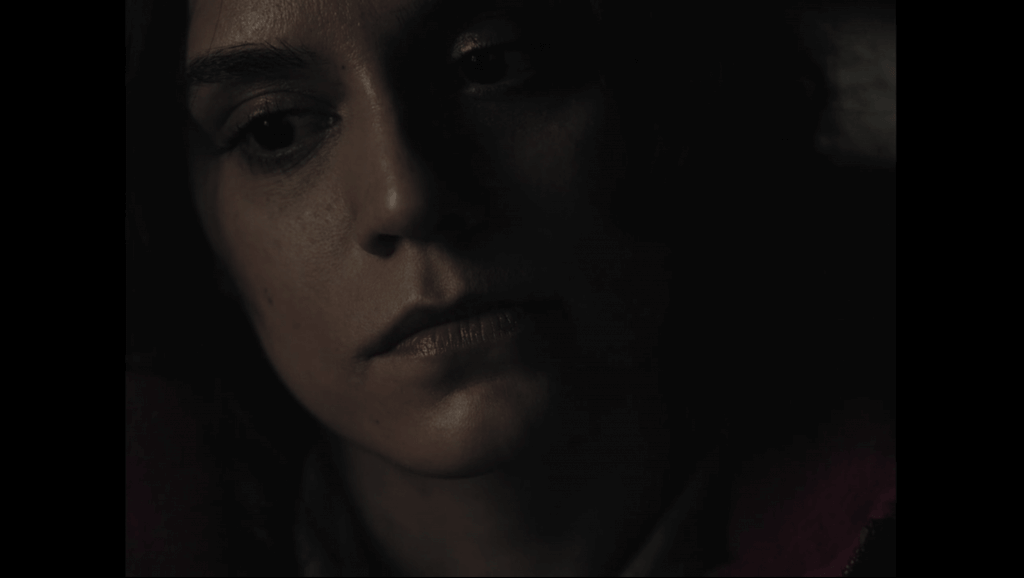
But how do you create this same sense of tightness in wide shots of rural Utah? You can’t do a closeup on nothing. The technique used here is a bit more subtle. Look at this shot of David walking his sons to the school bus.

The landscape couldn’t be any more open. The characters are bound by nothing in their environment. But then you have the narrow aspect ratio used throughout the film. These thick black bars rob the characters of that openness and freedom. Compare this aspect ratio with a shot from another film that explored family, violence, and the American West, There Will Be Blood.
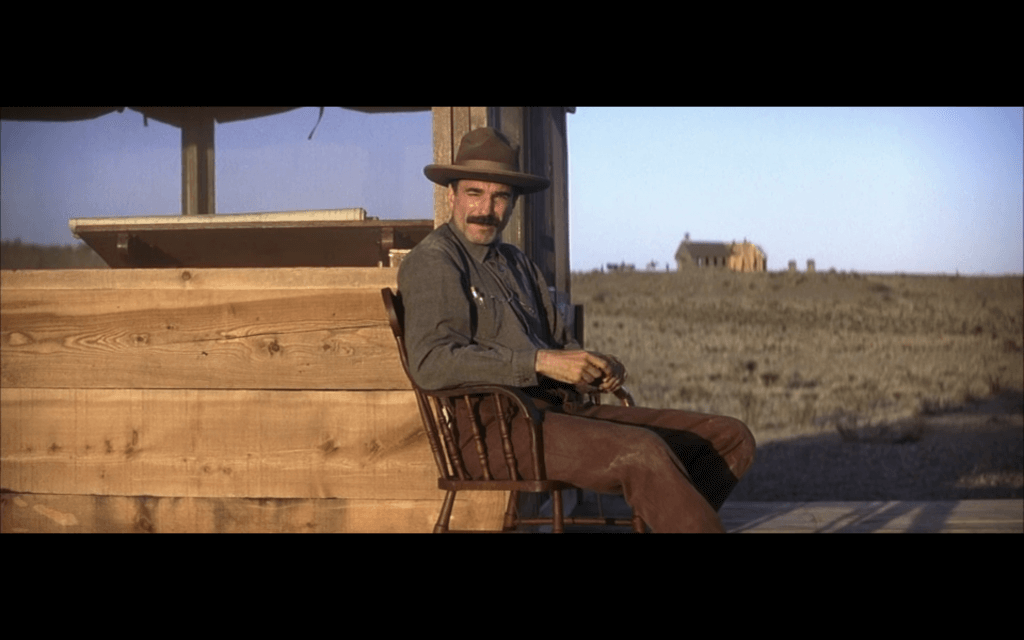
By comparing the relative expansiveness of these two shots and considering their similar locations, we get an idea of just how confining the framing of The Killing of Two Lovers can be. Daniel Plainview is set to conquer his environment. David is set to be conquered by it.
The final aspect of The Killing of Two Lovers I want to discuss is one that utilizes a cultural hallmark of small-town living in an effort to further shrink David’s world: the pickup truck.
One thing about rural areas is that things are so spread out that everyday life often involves a lot of driving around to get from one place to the next. David being a handyman dictates he needs a truck to haul things around. He’s his own boss and is subject to the freedom that comes from setting your own hours. As far as this goes, he is bound by very little. Ironically, we spend much of the time seeing David like this.
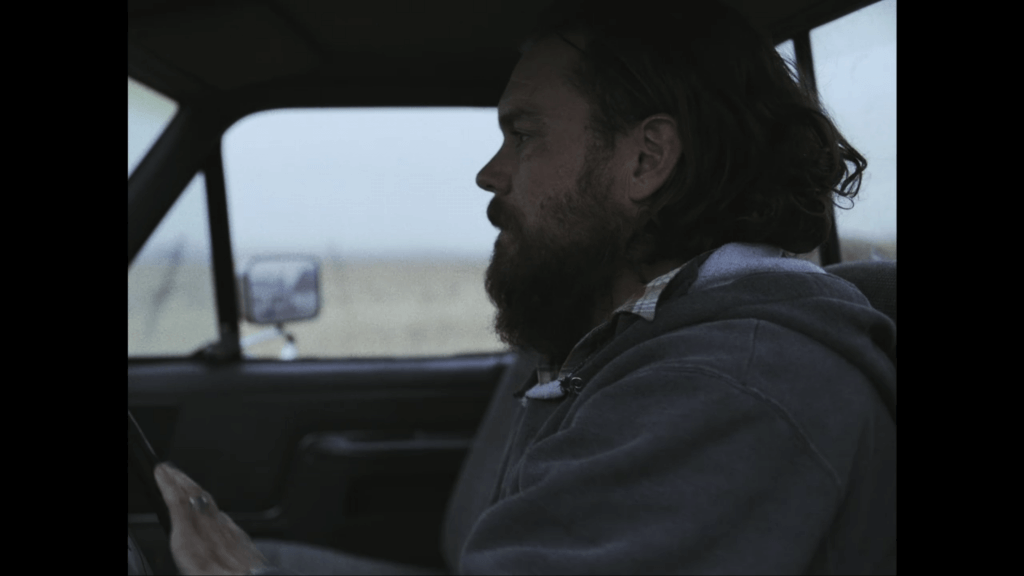
Despite the openness of his environment and career, David is constantly framed within the confines of his pickup. This becomes even more claustrophobic as the film progresses and David spends more and more time trying to fit into his life with his family. First when he and his wife spend an evening in the cab of his truck discussing their marriage.
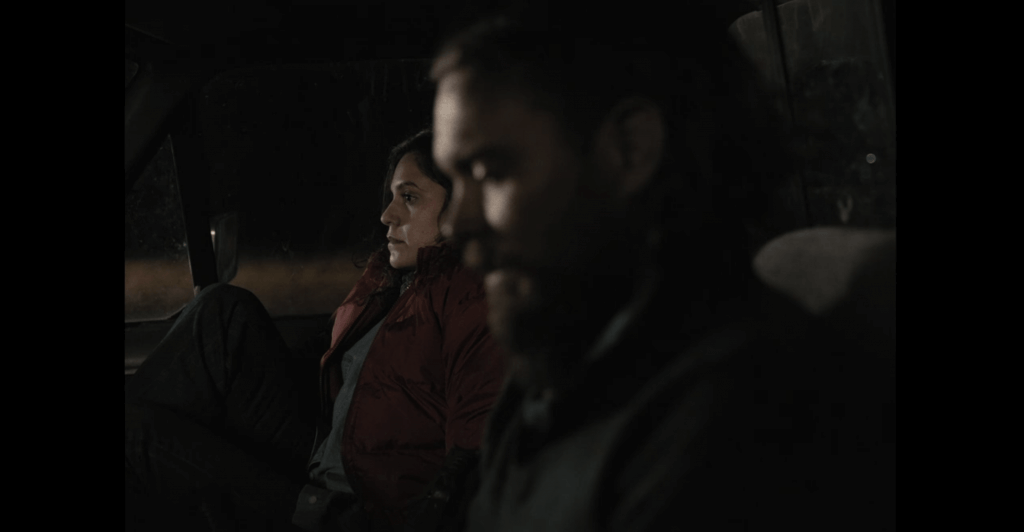
This sort of interior shot becomes even more crowded when David gets a brief outing with his kids under the shared-custody arrangement with his wife.

Here we can really see that there is literally not enough room for David and his four children to fit within the shots inside his truck cab. As a family man trying to battle his rage while another man steps into his role as a husband, David’s life is made cramped and claustrophobic.
There is no escaping into the great wide open. Whatever peace or freedom he once felt when looking out over the open horizon is gone. His world is closing in on all sides, a rural expanse choked by two black bars and framed within a rearview mirror. And unfortunately objects are closer than they appear.
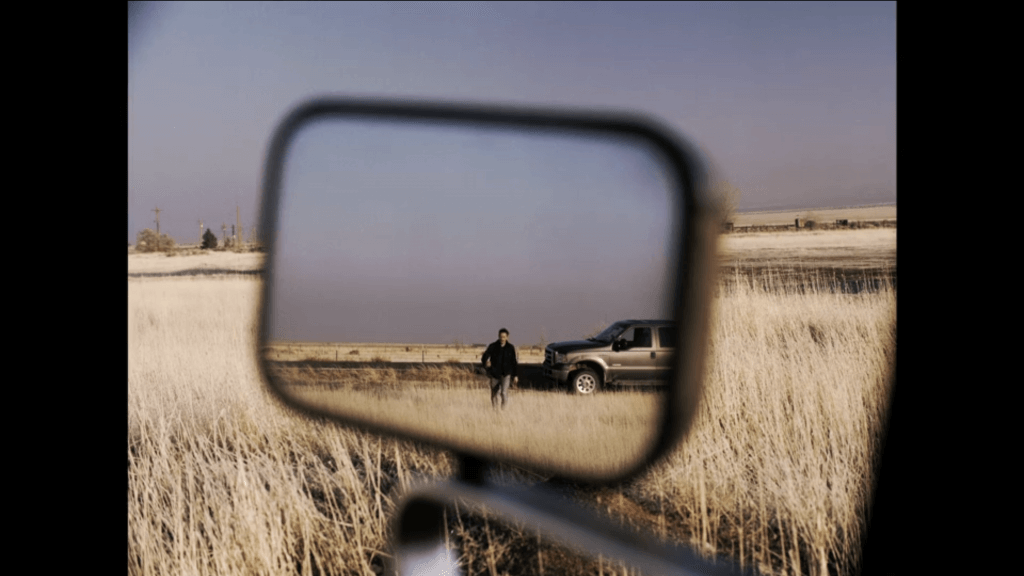
More on Plex:
Operator
...




